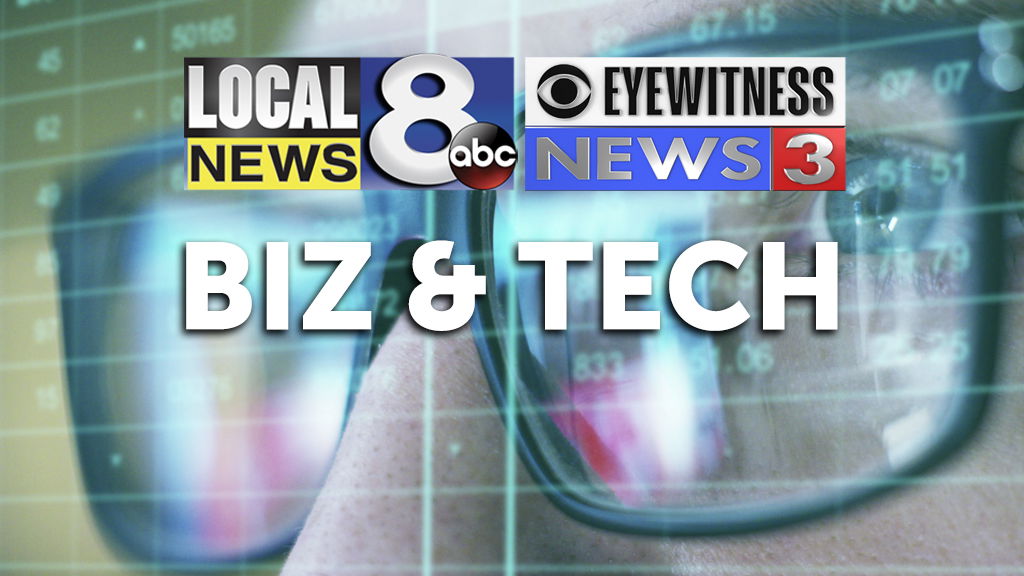US consumers still confident in April, but slightly less so

By MATT OTT
AP Business Writer
WASHINGTON (AP) — U.S. consumer confidence dampened slightly in April but remains high even as inflation continues to cloud their optimism about the rest of the year.
The Conference Board said Tuesday that its consumer confidence index — which takes into account consumers’ assessment of current conditions and their outlook for the future — edged down to 107.3 in April, from 107.6 in March.
The business research group’s present situation index, which measures consumers’ assessment of current business and labor conditions, also dipped modestly this month to 152.6 from 153.8 in March.
The expectations index, based on consumers’ six-month outlook for income, business and labor market conditions, ticked up to 77.2 in April from 76.7 in March. It stood at 80.8 in February and remains a weak spot in the survey.
“Purchasing intentions are down overall from recent levels as interest rates have begun rising,” said Lynn Franco, the Conference Board’s senior director of economic indicators. “Meanwhile, concerns about inflation retreated from an all-time high in March but remained elevated.”
Franco added that inflation and the war in Ukraine will continue to eat into confidence and may further curb consumer spending through this year.
Inflation soared over the past year at its fastest pace in more than 40 years, with costs for food, gasoline, housing and other necessities squeezing American consumers and negating their pay raises.
According to the index Americans have scuttled some vacation plans, but slightly more intended to make big purchases like a car or major appliance.
The Federal Reserve raised its main borrowing rate by a quarter point last month, the main mechanism for combatting inflation. Multiple rate hikes, with the possibility of half-point increases, are expected this year.
The Labor Department said earlier this month that its consumer price index jumped 8.5% in March from 12 months earlier, the sharpest year-over-year increase since 1981. Prices have been driven up by bottlenecked supply chains, robust consumer demand and disruptions to global food and energy markets worsened by Russia’s war against Ukraine.
Consumers were slightly less optimistic about the labor market, even as U.S. employers have added at least 400,000 jobs for 11 straight months, pushing the unemployment rate down to 3.6%. That’s the lowest rate since the pandemic erupted two years ago and just above the half-century low of 3.5% that was reached two years ago.
